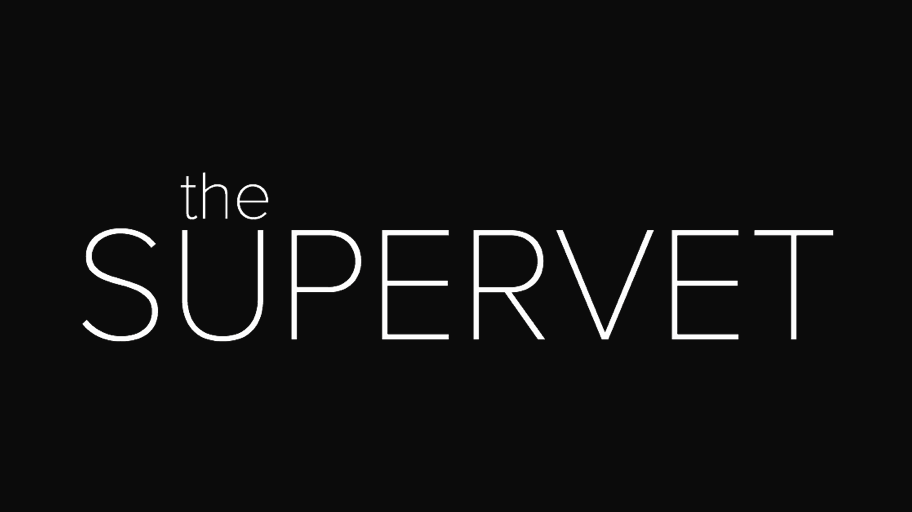When Rufus’ owners discovered he had broken his leg they were unsure could this beautiful rabbit and integral member of the family be saved! Rabbit’s pose some very unique problems in comparison to cats and dogs when it comes to anaesthesia and surgery. Rabbits are a prey creature and do not cope with the physical stress of anaesthesia; this puts rabbits at a higher risk of death during surgery than some of the other patients we deal with such as cats and dogs. The biomechanical structure of rabbit bone means it is more brittle than cat and dog bones and unless meticulous surgical technique is applied during surgery there is a high risk of post-operative failure.

The conformation of Rufus’ fracture made proved challenging; the small size of the upper fracture segment meant that there little space to fit screws into the bone to secure the plate used to repair the fracture. It was touch and go in theatre for a little while as Noel struggled to reduce and repair Rufus’s broken tibia. There was a sign of relief as the last screw was placed and Rufus’s surgical wound sutured closed. Rufus was recovered in his cozy kennel with a watchful nurse overseeing his recovery from anaesthesia. Rufus made a textbook recovery from anaesthesia and was tucking into some fresh hay within 30 minutes of recovery – an excellent sign for any Lagomorphic patient. Within a couple of days Rufus was back home with his family under strict orders to adhere to a protocol of rest and recuperation, at his 6 week recheck Rufus’s radiographs revealed his fracture was healing perfectly and he was given a clean bill of health! Rabbits are incredibly rewarding creatures to treat and are rapidly becoming more and more popular as household pets. We hope to deliver these little patients exactly the same standard of care that we offer to our canine and feline patients and through this get the best possible results for them when treating orthopaedic injuries. Lets hope Rufus has learnt from his accident and behaves himself in the future!




